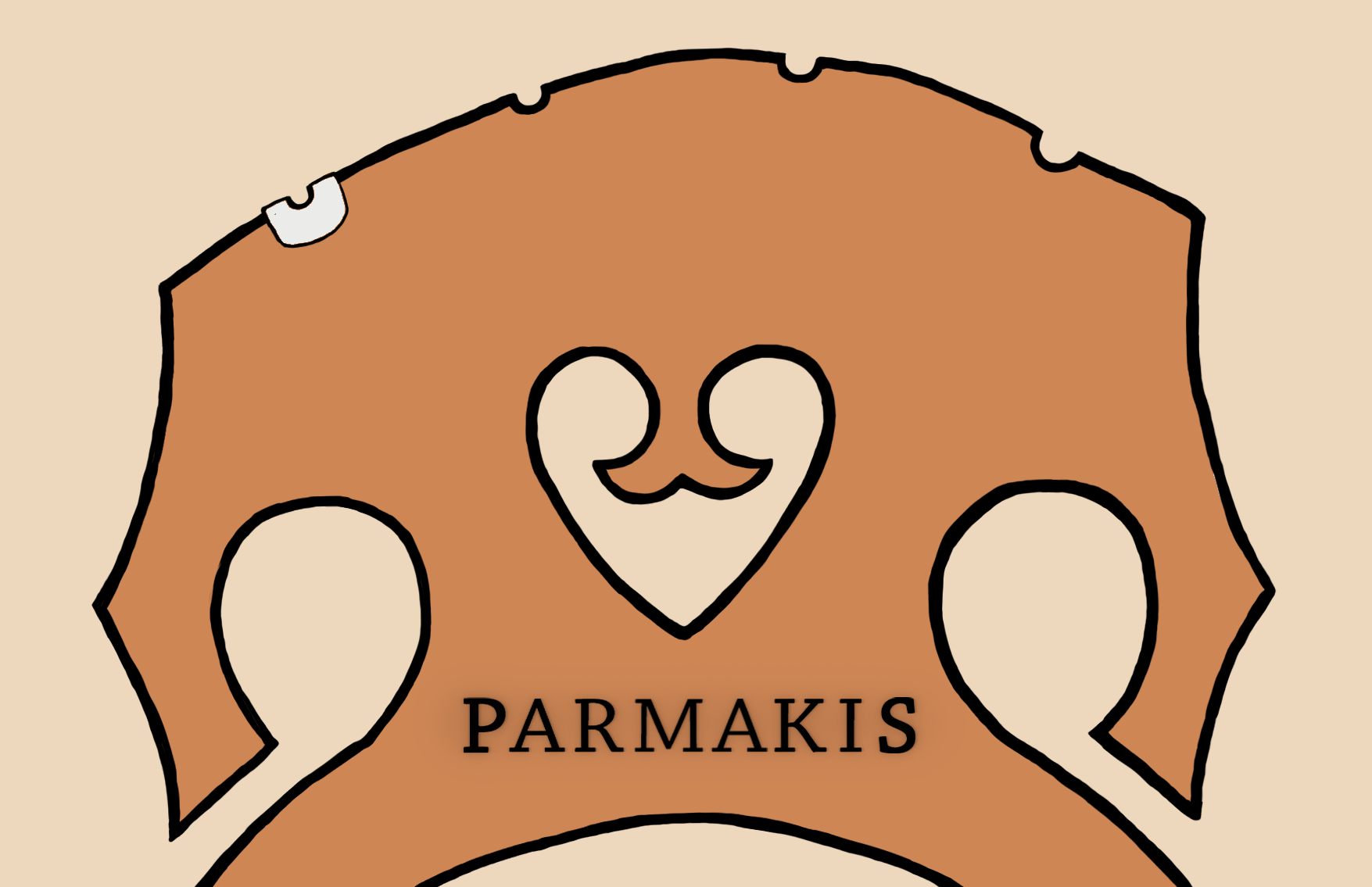
This violin came in because the owner was generally dissatisfied with the balance and projection of the instrument. There was also a crack in the scroll (thankfully out of the way of the pegs, as this would require serious reinforcement.) I fixed the scroll and fitted a new bridge and soundpost, which have really transformed the tone of the instrument (the old bridge was too heavily built, and the old soundpost was not a great fit.)









